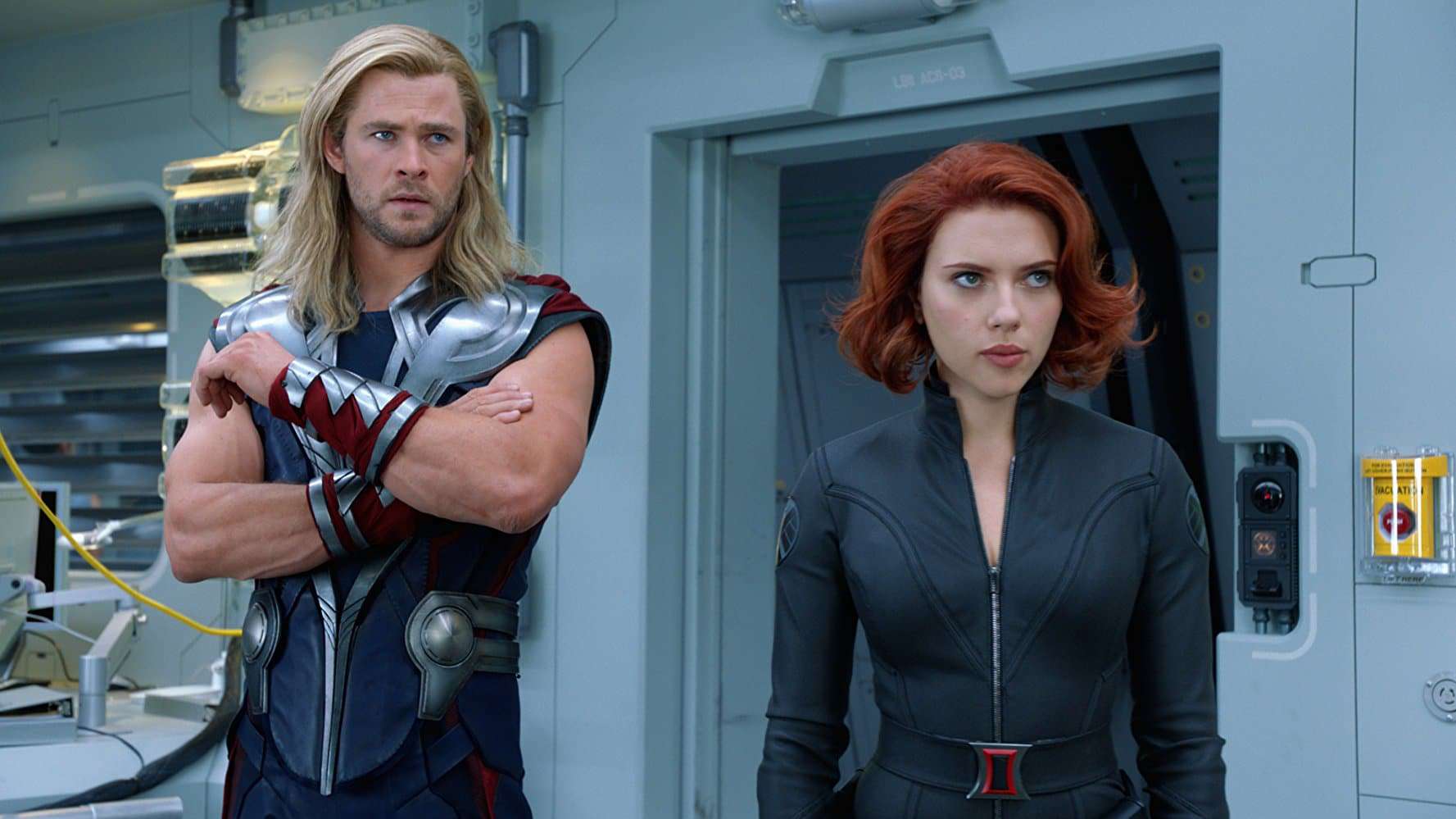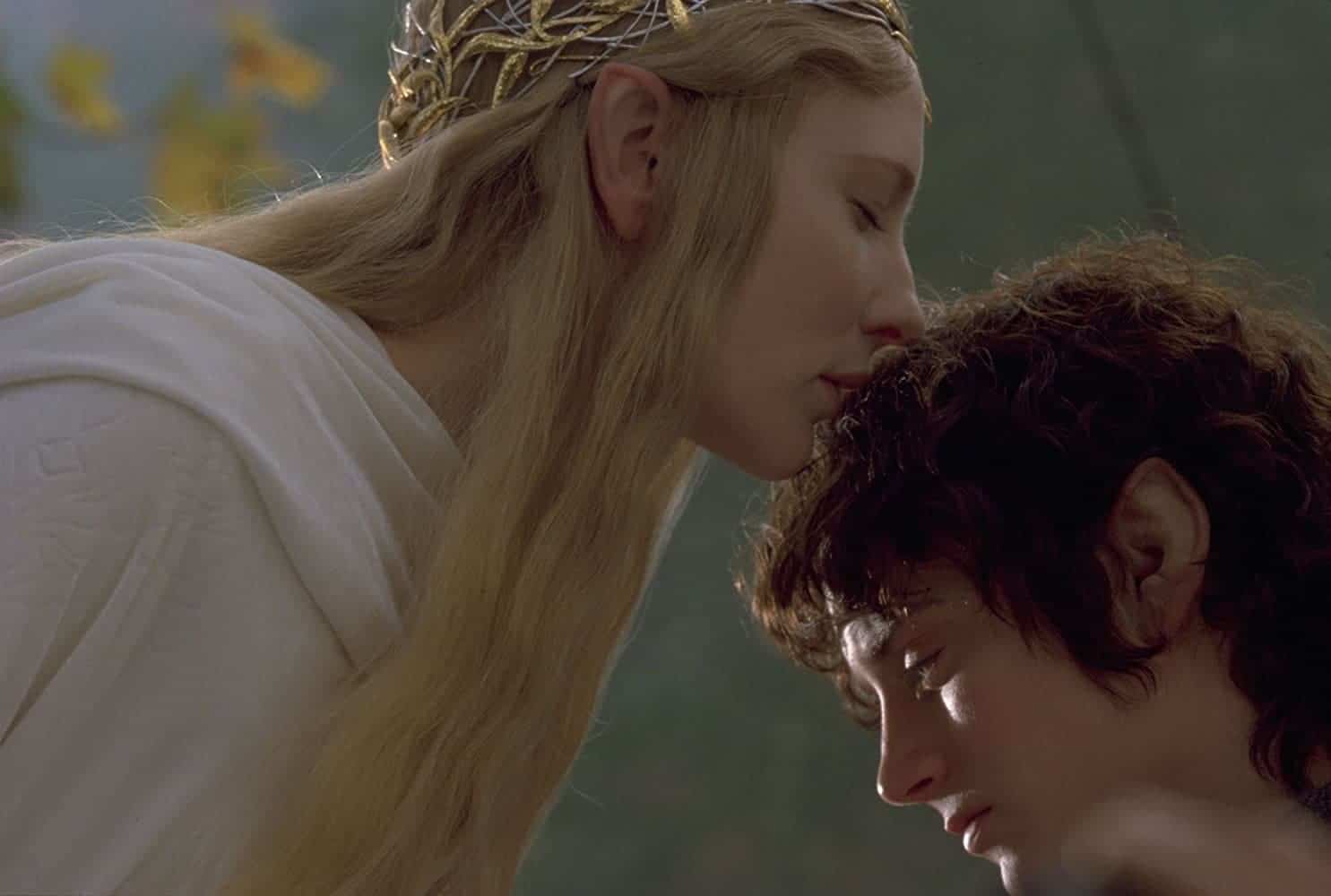By Lee Jutton
Everyone has a right to want to see themselves kick ass in the movies.
We kicked off with Emma Watson’s feminist reimagining of Belle in Disney’s live-action remake of Beauty and the Beast, spent the summer finally getting to enjoy a decent DC superhero film in Patty Jenkins’s Wonder Woman, and bid 2017 a fond farewell with the latest installment of the Star Wars saga, The Last Jedi, featuring empowering turns from Daisy Ridley, Laura Dern, Kelly Marie Tran, and the dearly departed Carrie Fisher. These three films also topped the domestic box office for the year — pretty solid proof that moviegoers are hungry for blockbusters led by women.
Despite evidence showing that these movies filled a longtime void for audiences, there was still backlash. Most of it focused on The Last Jedi, with some “fans” arguing that centering the movie on strong, diverse women characters was giving too much creative influence to so-called social justice warriors and ruining the series. This culminated in one anonymous men’s rights activist releasing a version of the film in which he edited out all of the women, cutting the 152-minute film down to a paltry 46 minutes. Director Rian Johnson summed up the situation best in this tweet.
Throughout Hollywood history, big-budget films – whether they be fantasy epics, science-fiction sagas or superhero stories – have been traditionally centered on men. So many little girls – myself included – grew up loving these movies but never saw anyone that looked like us leading the charge; they were included as mere tokens, if at all. Men have monopolized these movies for decades, yet one year of predominantly women-fronted blockbusters made some men feel so threatened by women’s empowerment that they rushed to edit us out of a movie altogether.
The idea of being cut out of a film infuriated me. So, feeling only a bit vindictive, I decided to turn to some of my favorite blockbusters from the past 20 years and see what they would look like if I edited out the men.
![]()
The Lord of the Rings: The Fellowship of the Ring (2001)
One of my favorite films — and books — of all time, The Fellowship of the Ring is the beginning of an epic quest to save all of Middle-earth by destroying the powerful and evil One Ring. The Fellowship tasked with this quest? They’re all men, albeit from a diverse range of fantastical species, though you wouldn’t see anyone blaming SJWs for that.
Director Peter Jackson and co-writers Fran Walsh and Philippa Boyens attempted to amp up the roles of the few women characters in the book by giving Arwen (Liv Tyler) a heroic moment that in the book belonged to a man, saving Frodo and the One Ring from the clutches of the Ringwraiths. They also gave Galadriel (Cate Blanchett) a wonderfully ominous voiceover in the prologue that sets the stage for the tale to follow, in addition to her big moment later in the film when she allows the Fellowship to shelter in her kingdom and bestows them with magical gifts to aid their journey. But these scenes still prominently feature men, and the only other women in the movie are hobbit and elf extras milling around in the background. In fact, no women speak to each other during the film.
It’s impossible to cut out all of the men in The Fellowship of the Ring, because if you did, Arwen would be riding around in the river with no hobbit to rescue, and Galadriel would have no one to prophesize at or give gifts to — though, to be quite honest, watching Cate Blanchett do her scene with Frodo as a monologue to an empty room would have been suitably epic.
Cutting out the women, on the other hand? You’d lose only a few short sequences in the nearly three-hour film — and let’s be honest, no one would miss that sappy scene between Arwen and Aragorn anyways.
![]()
Pirates of the Caribbean: The Curse of the Black Pearl (2003)

Remember when the Pirates of the Caribbean franchise was not yet a franchise, but one surprisingly successful movie that brought Johnny Depp’s signature weirdness to the moviegoing masses? Those were the days!
Played by a spirited Keira Knightley, Elizabeth Swann is a pretty cool woman lead; she refuses to conform to gender norms of the time and acquiesce to the demands of men. Even so, her role in the film is primarily as damsel in distress and love interest — her capture by the pirates is what motivates Will Turner to join up with Jack Sparrow and follow the ship, thus kicking off the main storyline of the film — and she deserves better than just being a mere plot device. Towards the end, Elizabeth is finally able to take charge and join the fight with the men; when she does, it is exhilarating.
On the rare occasion that Elizabeth shares the screen with other women, they’re typically minor figures in the form of upper-crust ladies and housemaids — total stereotypes of the period. (And don’t get me started on the prostitutes populating Tortuga.) The most she interacts with these women is when her maids lace her up into a corset without saying a word, and when another maid attempts to gossip with her about the two men vying for her affection (so, nothing to pass the Bechdel-Wallace Test here).
There is one woman pirate in The Curse of the Black Pearl: Anamaria, played by Zoe Saldana. Like Elizabeth, Anamaria is a strong woman, and she joins the pirate crew to demand a boat from Jack Sparrow in exchange for the one he stole from her. She’s also responsible for Elizabeth’s sole Bechdel-Wallace Test-passing scene in the film, in which the two of them argue about how to outspeed an enemy ship. But apart from these notable scenes, she merely lurks in the background.
If you cut the men out of the film, Elizabeth Swann remains an admirable woman, but one with nothing to do except get subjected to corsets and gossip all day. Whereas if you cut out the women, you don’t lose anything from the main plotline apart from the love story.
![]()
The Avengers (2012)

It’s not a stretch to say that the Marvel Cinematic Universe has had longtime representation problems that are just now being addressed in upcoming films like Captain Marvel, Ant-Man and the Wasp, and of course, the much-anticipated Black Panther. That’s not to say that there aren’t a few women characters sprinkled amongst the sprawling ensemble of The Avengers — or that the first big MCU team-up isn’t still a boatload of fun — but when compared with the men, the women are marginalized.
Cobie Smulders portrays Maria Hill, a high-ranking agent of S.H.I.E.L.D. who works alongside Nick Fury and Phil Coulson. Hill is cool, collected and businesslike in the snarky way that all the best S.H.I.E.L.D. personnel are, but she only exists so the flashier Fury and geekier Coulson have someone to play off. She contributes to saving the world in her small way, but one is left wanting more.
The film’s other big woman character is the also only woman hero in the Avengers – Black Widow, played by Scarlett Johansson, who is long overdue for a solo film that might finally be coming to fruition. She kicks a lot of butt, but like Hill, she also does a lot of carrying information between the various men and providing necessary background information while wearing a cool jumpsuit.
The two women S.H.I.E.L.D. agents even speak in similarly monotonous tones of voice, as if neither of them can bear the comparative insanity of the men around them — and that’s when they speak at all. The “boys will be boys” vibe of The Avengers is only compounded by the small cameo granted to Pepper Potts, without whom Tony Stark would either be dead or at the very least utterly insufferable.
Still, without the women in The Avengers, the film would play out in relatively the same way, whereas without the men, the film would dwindle down into a short business meeting between S.H.I.E.L.D. and Stark Industries — and possibly a conversation about the merits of jumpsuits.
![]()
It is veritably impossible to edit the men out of these movies, as they inhabit literally every frame. The same cannot be said for the women, many of whom suffer from two-dimensional characterization and little of import to do — not to mention, they rarely have any other women to chat with onscreen. Without the men, we’d be lucky to be left with a ten-minute clip, let alone a 46-minute film.
The moral of the story? It is ridiculous to edit an entire gender out of a movie, especially when that gender has been as historically marginalized as women. Hollywood has spent years producing films focused on men with an embarrassingly low percentage of screen time for women. It’s time for that tradition to be, if not reversed, then at least modified. After all, everyone has a right to want to see themselves kick ass in the movies.
The article The Simple Case for Blockbuster Equality appeared first on Film School Rejects.





0 comments:
Post a Comment